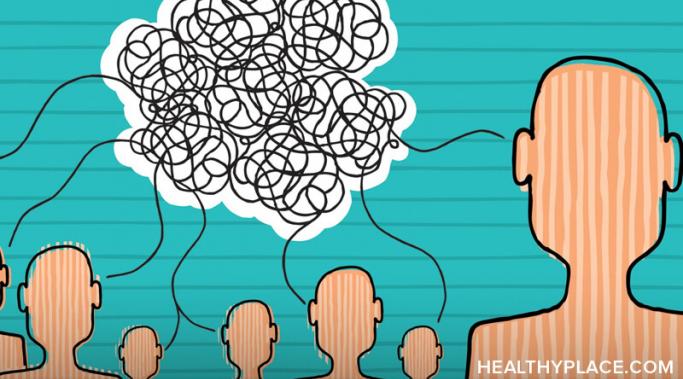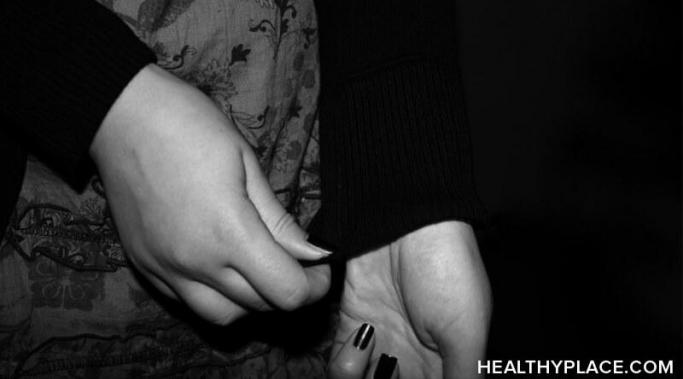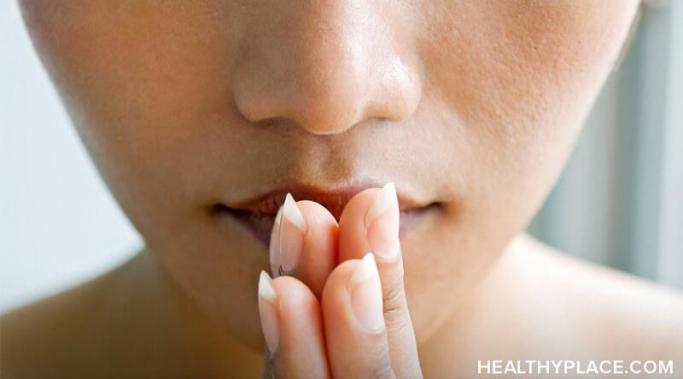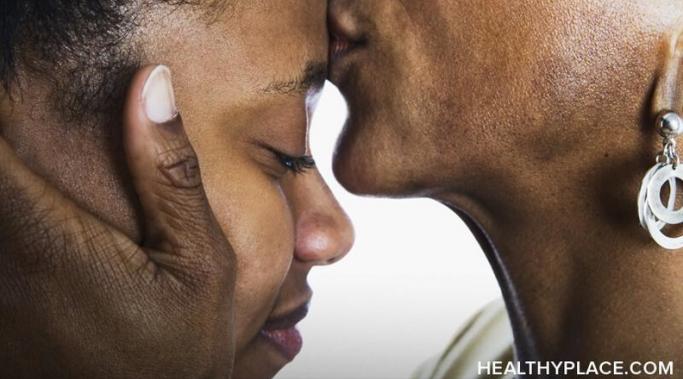Accusations are often made that movies and television shows glamorize high-risk activities among teenagers. This is not a controversial stance. “Mainstream” cultural media provably produces content both referencing and explicitly centering on teen sex, drug and alcohol use, and other taboo subjects — appropriate for entertainment purposes, but at the cost of implying to a potentially young and impressionable audience the inherent glamor in those choices.
Self-Injury Awareness
It is common — and not entirely accurate — to assume that self-harm is a sign of suicidal thoughts and/or urges. Self-harm is a maladaptive coping mechanism with highly complex psychological and neurological underpinnings and cannot be reduced to simply a reaction to suicidal feelings. Not all of those who self-harm are suicidal and not all of those who are suicidal self-harm. This is an important point to remember when talking about self-harm in relation to suicidality, which can be a touchy subject for many.
Spreading self-harm awareness is difficult because of self-harm stigma. Self-harm is often either cloaked in taboo or ridiculed as a kind of punchline. If you or someone you know struggles with self-harm or has struggled with self-harm in the past, you may find yourself frustrated by our culture’s general lack of empathy, understanding, and nuance in its approach to self-harm. But there is no need to feel helpless in the face of this frustration. Instead, think of it as an opportunity: an opportunity for you to speak your truth, so that others may hear it and finally know. You can spread self-harm awareness.
You see this stigma of self-harm for attention played out in TV shows, movies, and often even in real life: A person engages in self-harm. This behavior is noticed by another person, either because the self-harmer has confessed or wears visible scars. People debate among themselves about whether this self-harming behavior warrants confronting the person and/or seeking professional help for the person. Then, as if on cue, someone suggests they forget about the whole thing, and says something along the lines of, "She's just self-harming for the attention."
My name is Kayla Chang, and I’m thrilled and honored to be a part of the Speaking Out About Self-Injury blog at HealthyPlace. I hope that by sharing my thoughts and experiences in a way that is informative, vulnerable and — most importantly — honest with you, we can build an ongoing network of support and have meaningful, productive conversations around the issue of self-injury (also known as self-harm) together.
When I was first in self-harm recovery, school was one of my major triggers. Back to school anxiety always make me fear I was going to relapse. With all of the due dates, friend drama, and the pressure to do well in my classes, school was a very stressful time for me. I had a very hard time managing my self-harm urges when I was in high school, but when I started self-harm recovery in college I started to find some healthier coping skills to handle the stresses of life. In this blog post, I am going to be sharing with you three things that helped me manage my self-harm urges while in school.
People want to know why self-injury is so prevalent in borderline personality disorder (BPD). According to the National Institute of Mental Health's website, borderline personality disorder consists of unstable moods, behaviors, and relationships, with trouble regulating emotions and thoughts while exhibiting impulsive behavior.
Another characteristic of BPD is self-injurious behaviors and increased suicidality. Cutting and other forms of self-harm are so prevalent in borderline that they seem to have become indicators of it. Of course, not everyone who self-harms has BPD, and not everyone with the disorder self-harms. However, self-harm is widely prevalent in BPD. And I was given the borderline diagnosis probably because I cut myself.
Handling a self-harm, self-injury relapse can seem impossible after you've done all the work that goes into recovery. After all, recovering from self-harm is a long and harrowing process, but it is possible to go into full recovery and when you do, it is one of the best feelings you can experience. Struggling so long with the issues, reasons, and various feelings and emotions that lead to self-injurious behavior can leave us downtrodden and ready to give up. Not giving up gives us a sense of purpose and drive. We are trying to accomplish the major goal of overcoming a self-injury addiction. But with all addictions, there is the possibility of relapse. How do you handle a self-harm relapse?
The shame of self-harm can make it difficult to celebrate and feeling proud of our self-harm recovery, no matter how long or short we have gone without self-injuring. Others factors, such as self-harm stigma, can also keep us silent and regretful, even when we have every reason to be proud. It is essential to celebrate our self-harm recovery, as it helps prevent relapse and keeps us moving in the right direction.
A desire to self-harm can be affected by social media. It is sad that most wars have been over something as simple as differing beliefs. I have never been into politics or religion (I support believing in whatever your heart holds to be true), but it does bother me when someone expresses a belief and they get attacked because of it. Whether that attack is verbal, physical or online, it still hurts those who aren’t secure or confident in the skin they wear. Sometimes the pain caused on social media can translate into self-harm.









